The 12 Greatest Western TV Actors Who Defined a Genre Forever
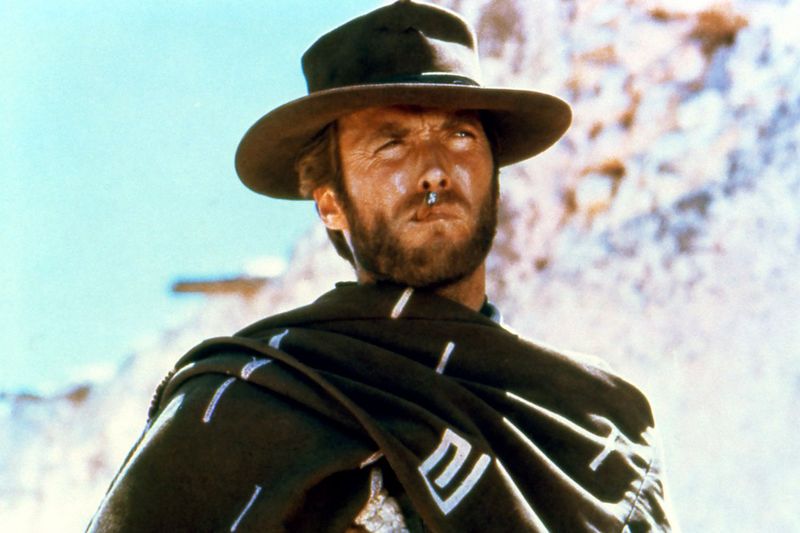
The American Western captivated television audiences for decades, bringing tales of cowboys, outlaws, and frontier justice right into our living rooms. These legendary actors didn’t just play roles – they became the very soul of the Wild West in our collective imagination. From the black-and-white classics of early television to modern interpretations, these 12 performers shaped how we think about the American frontier through their unforgettable characters.
1. James Arness – The Marathon Marshal
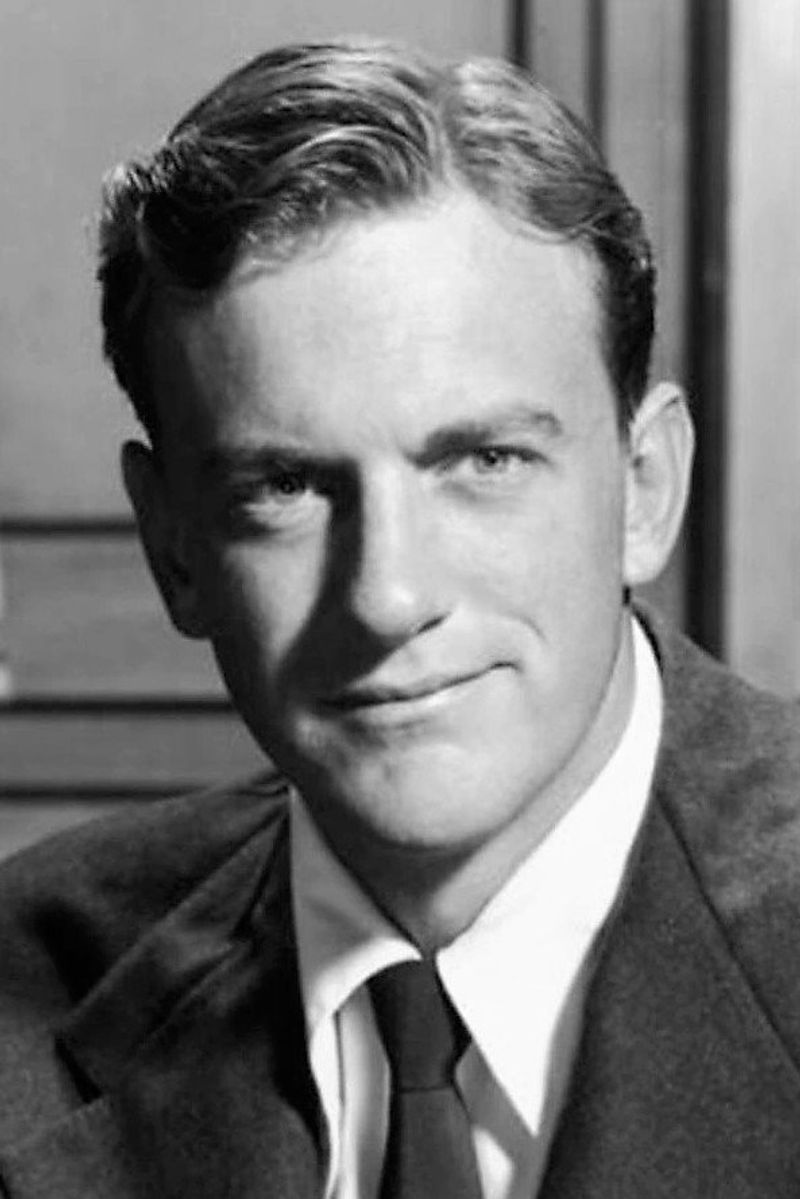
Standing 6’7″ tall, James Arness literally towered over television Westerns for two decades as Marshal Matt Dillon in ‘Gunsmoke.’ Recommended for the role by his friend John Wayne, Arness became the face of frontier justice from 1955 to 1975, making his character the longest-serving lawman in TV history.
His deep voice and commanding presence made the character instantly believable as someone who could tame the wildest town. Beyond physicality, Arness brought surprising depth to Dillon – a man who carried the burden of authority with both strength and compassion.
Fun fact: Arness appeared in every single one of Gunsmoke’s record-setting 635 episodes!
2. Timothy Olyphant – Modern Cowboy Extraordinaire
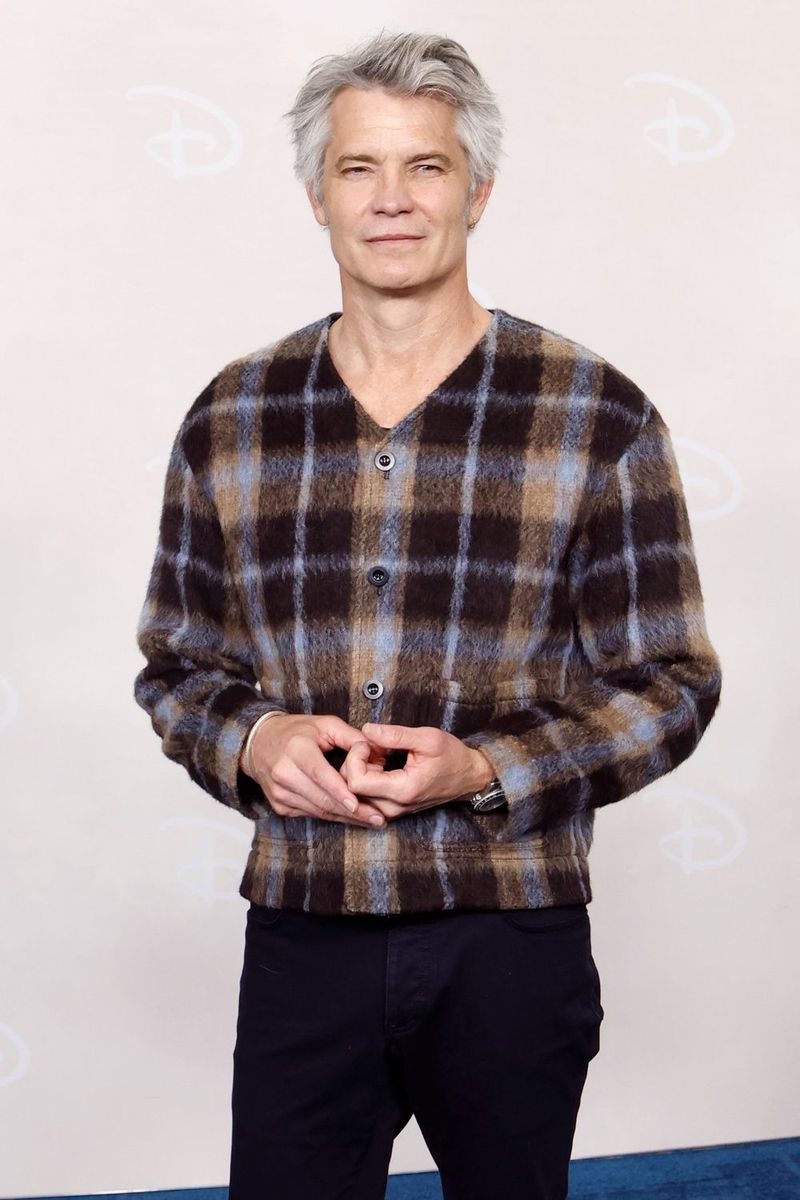
Raw intensity meets wry humor whenever Timothy Olyphant straps on a gun belt. As profane sheriff Seth Bullock in HBO’s ‘Deadwood,’ he brought Victorian-era frontier justice to life with smoldering restraint.
His portrayal of Raylan Givens in ‘Justified’ took things further – creating a lawman equally comfortable quoting legal statutes or engaging in quick-draw showdowns. The trademark Stetson barely containing his swagger, Olyphant redefined Western heroes for the 21st century.
What makes him special? Unlike traditional stoic cowboys, his characters bubble with complex emotions beneath cool exteriors – making him the bridge between classic and contemporary Western archetypes.
3. Barbara Stanwyck – The Iron Lady of the West
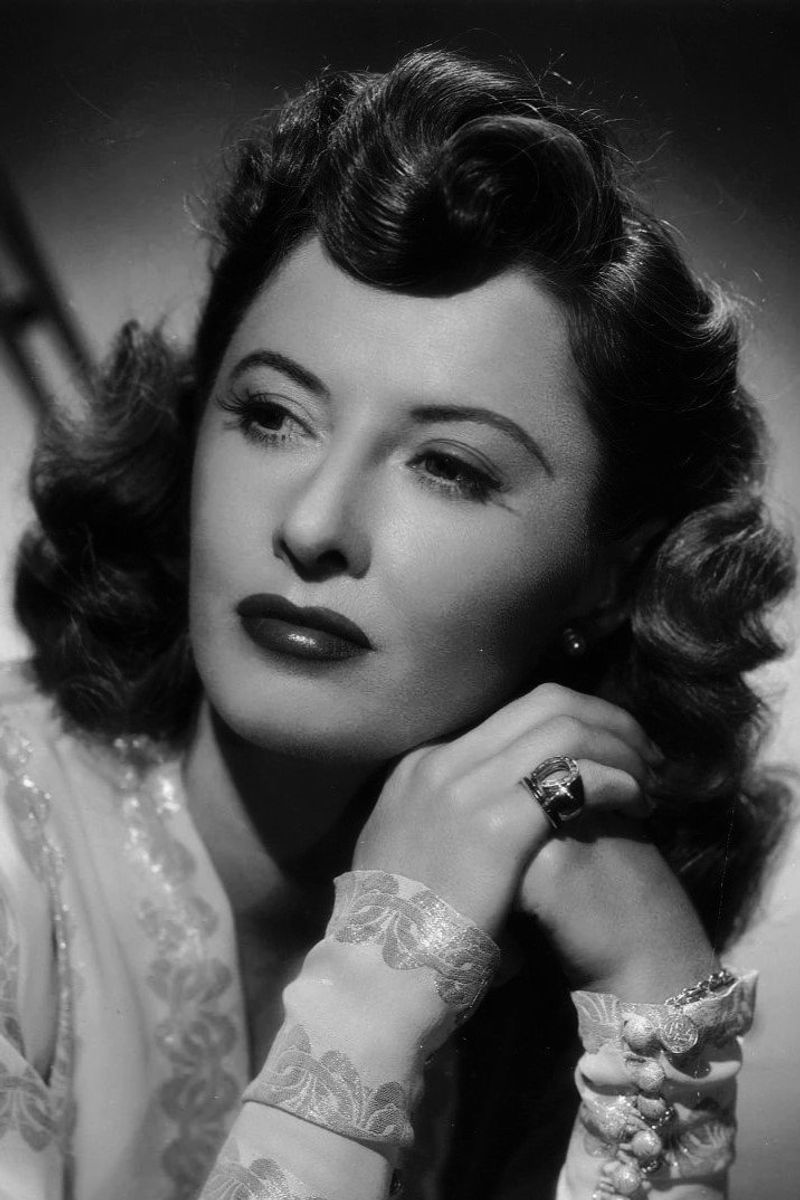
When most Westerns centered on male gunslingers, Barbara Stanwyck broke the mold as Victoria Barkley in ‘The Big Valley.’ Already an accomplished film star, Stanwyck brought gravitas to television as the widowed matriarch managing a sprawling ranch while raising four adult children.
Her character defied 1960s gender expectations, confidently riding alongside men, making tough business decisions, and occasionally wielding firearms when necessary. The role earned her an Emmy and created a template for strong female characters in a previously male-dominated genre.
At nearly 60 when the series began, Stanwyck performed many of her own stunts, including horseback riding scenes that would challenge actors half her age.
4. Walter Brennan – Character Actor Supreme
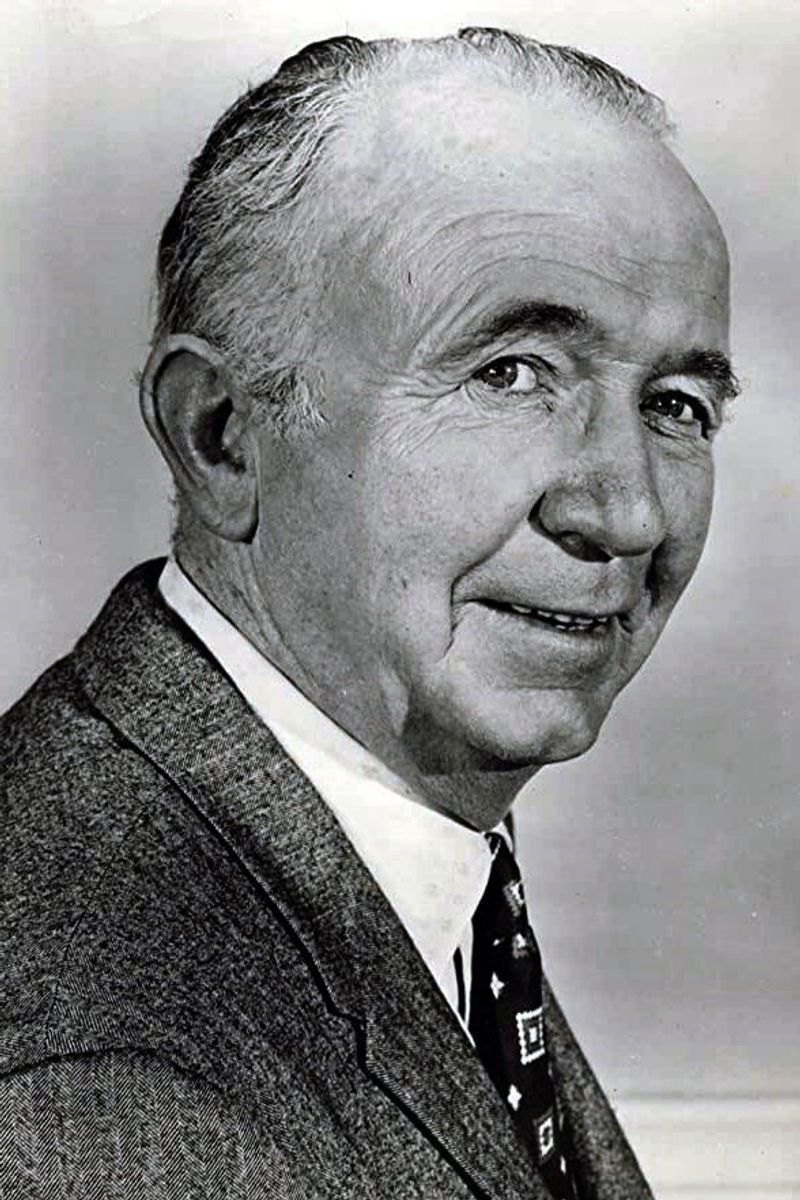
The distinctive voice and shuffling gait of Walter Brennan made him instantly recognizable across dozens of Western roles. While film brought him three Academy Awards, television audiences adored him as Grandpa Amos McCoy in ‘The Real McCoys’ and later as the cantankerous sidekick Wishbone in ‘Wagon Train.’
Brennan specialized in playing men much older than himself, crafting memorable characters through physical transformation and vocal techniques. His portrayal of older frontier figures added authentic texture to Western storytelling.
Despite often playing comic relief, Brennan brought surprising emotional depth to his characters – creating fully realized people rather than mere caricatures of frontier elders.
5. Burt Reynolds – Charisma Before Superstardom
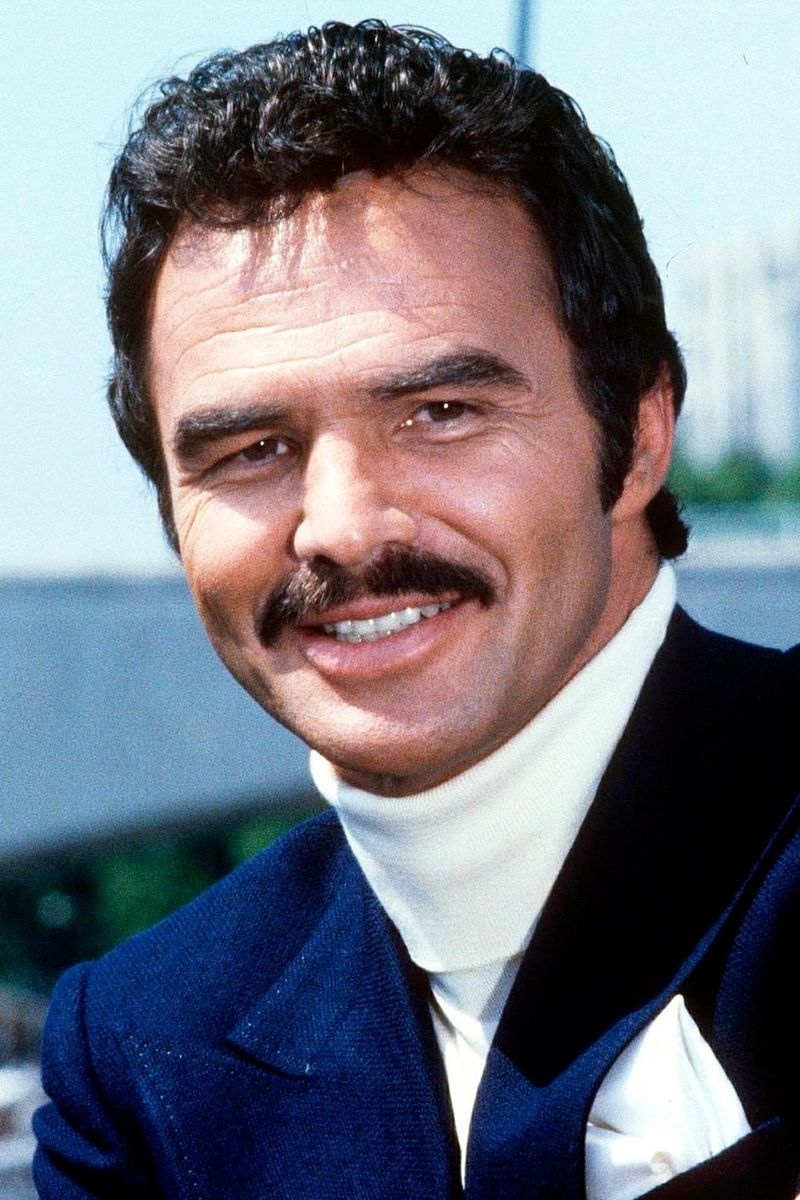
Long before mustache-and-muscle movie fame, a young Burt Reynolds honed his craft in television Westerns. His recurring role as half-Native American blacksmith Quint Asper on ‘Gunsmoke’ showcased both his physical presence and developing dramatic abilities.
Reynolds brought a unique energy to his Western characters – combining athletic prowess with an easy charm that foreshadowed his later stardom. His performances helped bridge the gap between traditional stoic cowboys and more emotionally expressive modern protagonists.
Television Westerns taught Reynolds the fundamentals of action choreography and horseback riding that would serve him throughout his career. His early Western work reveals the foundations of the charismatic screen persona that would later make him Hollywood’s highest-paid actor.
6. Jack Elam – The Villain With The Unforgettable Stare
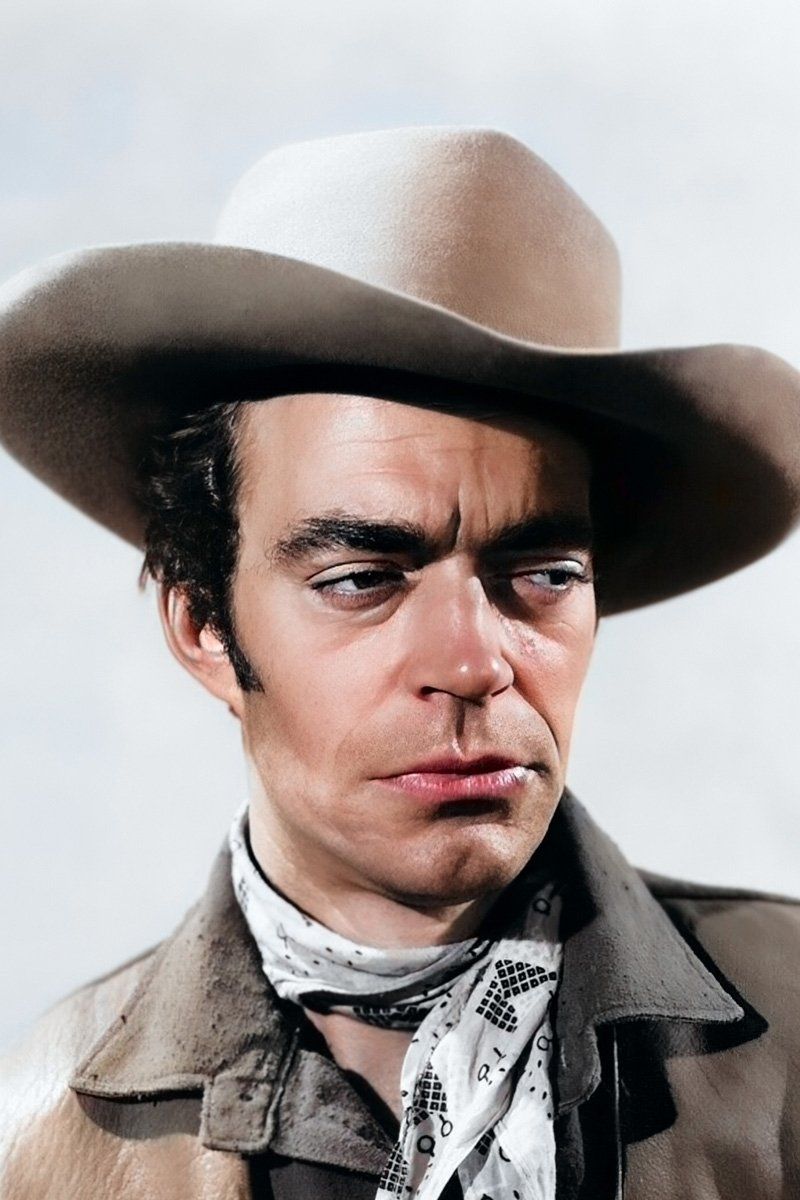
One distinctive wandering eye made Jack Elam impossible to forget. This former accountant turned his unique appearance into acting gold, becoming television’s go-to Western villain throughout the 1950s and 60s. Appearing in episodes of ‘Gunsmoke,’ ‘Bonanza,’ ‘The Rifleman’ and countless others, Elam elevated simple bad guy roles into memorable character studies.
His wild-eyed intensity brought a psychological dimension to antagonists that might otherwise have been one-dimensional. Later in his career, Elam brilliantly subverted his villainous image by shifting to comedic roles that played on audience expectations.
Elam once commented that his crooked eye (the result of a childhood accident) was worth a million dollars to his acting career.
7. Kevin Costner – Yellowstone’s Modern Patriarch
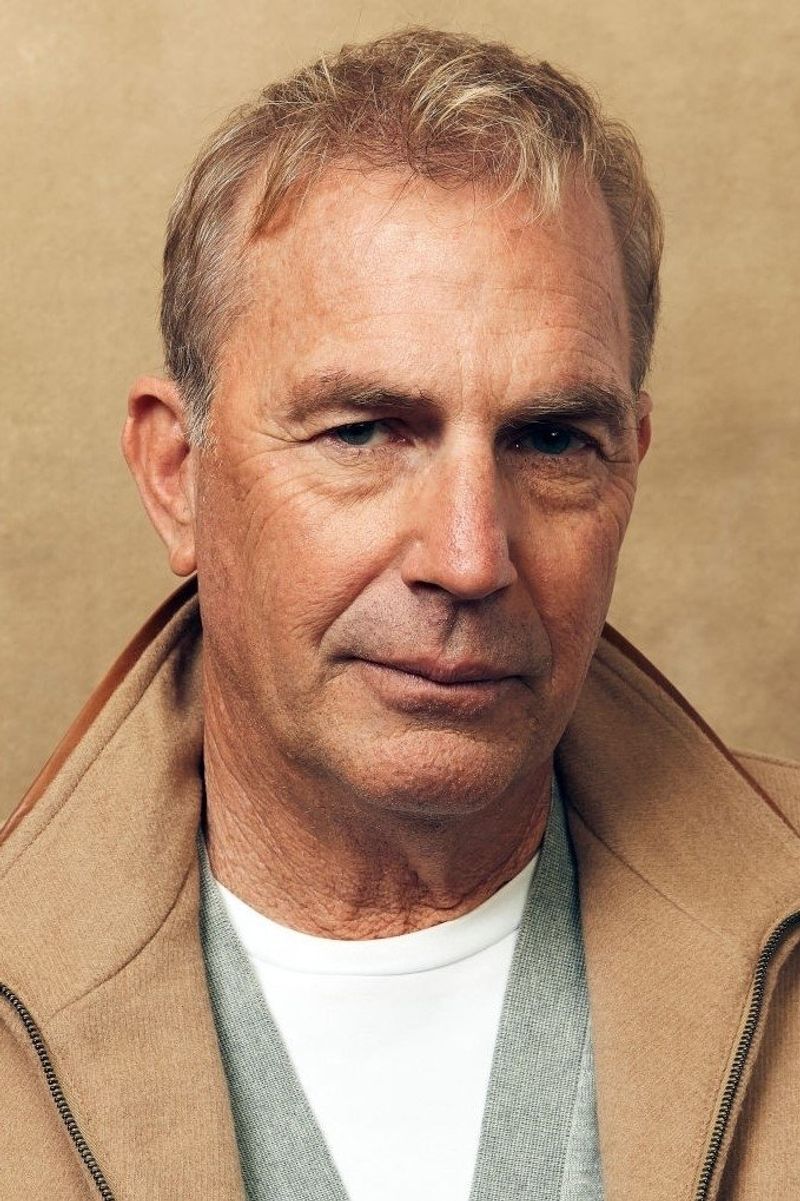
After reinvigorating Western films with ‘Dances With Wolves’ and ‘Open Range,’ Kevin Costner brought his frontier gravitas to television with ‘Yellowstone.’ As John Dutton, the embattled owner of America’s largest contiguous ranch, Costner crafts a character as complex as the changing modern West itself.
His performance bridges 19th-century cowboy values with 21st-century conflicts. Costner’s weathered face and measured delivery convey decades of unspoken history, making viewers believe he truly belongs to the land he’s fighting to preserve.
The role has introduced Western themes to a new generation while honoring genre traditions. Costner’s commitment to authentic horsemanship and ranching details brings credibility that elevates the entire production.
8. Clint Eastwood – From TV Cowhand to Western Icon
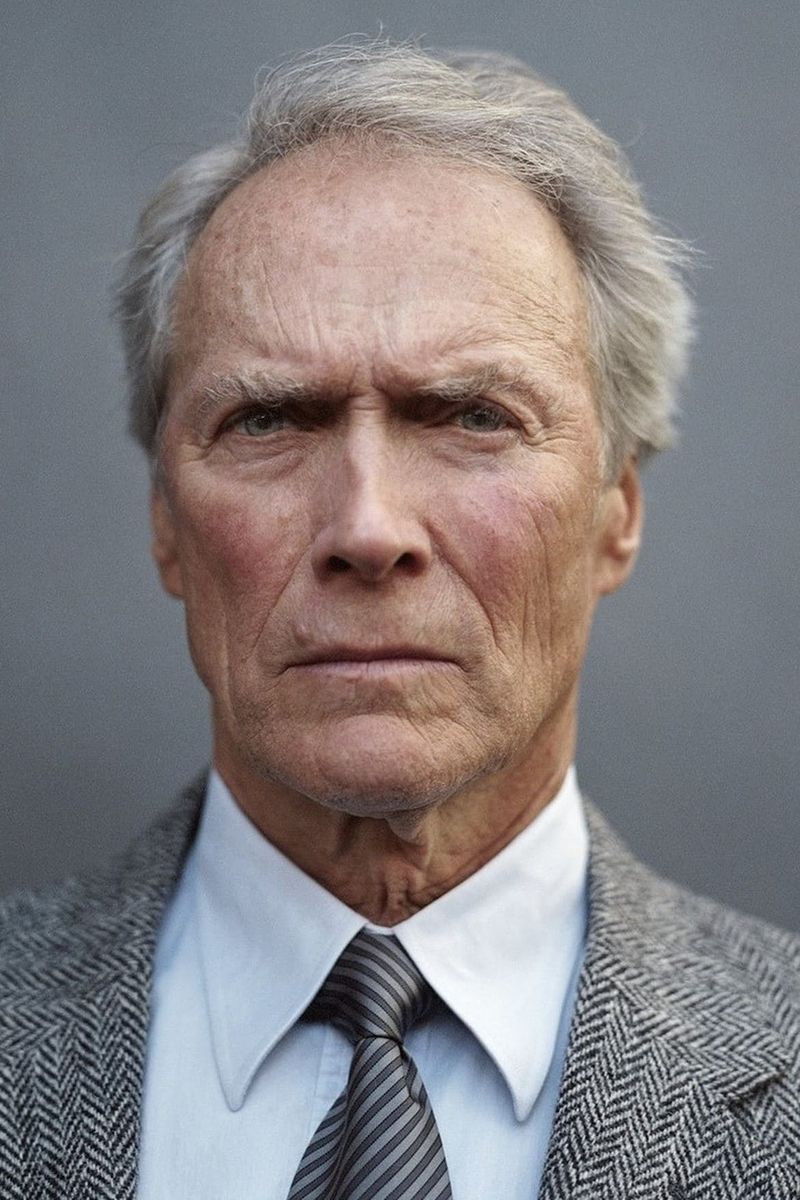
Before becoming Hollywood royalty, young Clint Eastwood rode into homes weekly as Rowdy Yates on ‘Rawhide’ from 1959-1965. His squinting intensity and economical acting style were already evident, foreshadowing the legendary Man With No Name character that would later revolutionize Western films.
Eastwood’s minimalist approach to dialogue made every word count. His physical presence conveyed more through stance and glare than pages of script ever could.
Though his greatest Western contributions came later on the big screen, television gave Eastwood his start and taught him the craft that would make him synonymous with the genre for generations.
9. Richard Boone – The Sophisticated Gunslinger
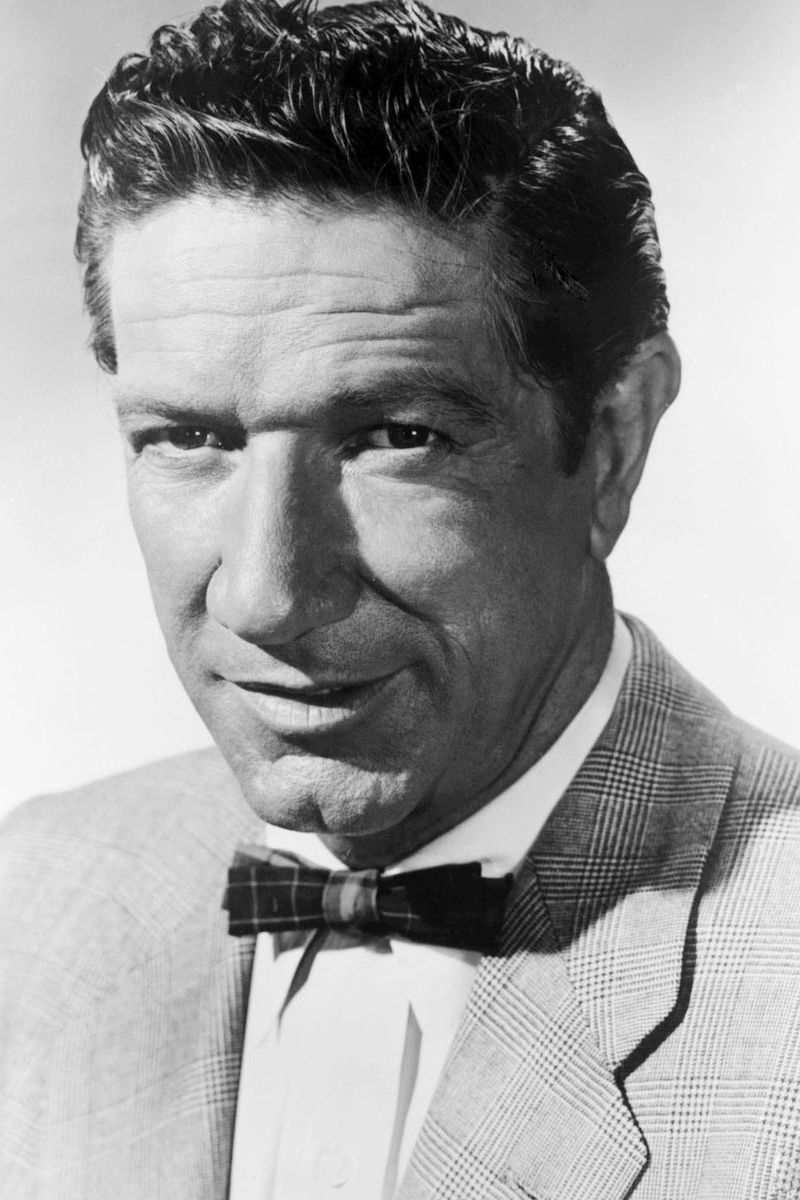
Black clothes, a chess knight calling card, and Shakespeare quotes weren’t typical gunfighter attributes until Richard Boone created Paladin in ‘Have Gun – Will Travel.’ His revolutionary character was equal parts hired gun and cultured gentleman – comfortable in San Francisco’s finest hotel or tracking outlaws through desert badlands.
Boone’s theatrical training brought unprecedented depth to Western television. His imposing physical presence was matched by intellectual intensity, creating a hero who solved problems with his mind as often as his six-shooter.
A fascinating production note: Boone directed many episodes himself, bringing artistic control unusual for television actors of the era. His character’s famous catchphrase – “Wire Paladin, San Francisco” – became part of pop culture vernacular.
10. Jay Silverheels – Breaking Ground As Tonto

Mohawk actor Jay Silverheels transformed the sidekick role into something revolutionary as Tonto in ‘The Lone Ranger.’ Though working within the limitations of 1950s television, Silverheels brought dignity and capability to a character that could easily have been relegated to stereotype.
His stoic presence and physical prowess made it clear that the Lone Ranger’s survival often depended on his Native companion’s skills. Born Harold J. Smith on Canada’s Six Nations Reserve, Silverheels was a champion lacrosse player before turning to acting.
Beyond entertainment, Silverheels’ prominence helped pave the way for improved Native American representation. He later founded the Indian Actors Workshop to create opportunities for other indigenous performers in an industry with limited roles.
11. Lorne Greene – Bonanza’s Beloved Patriarch
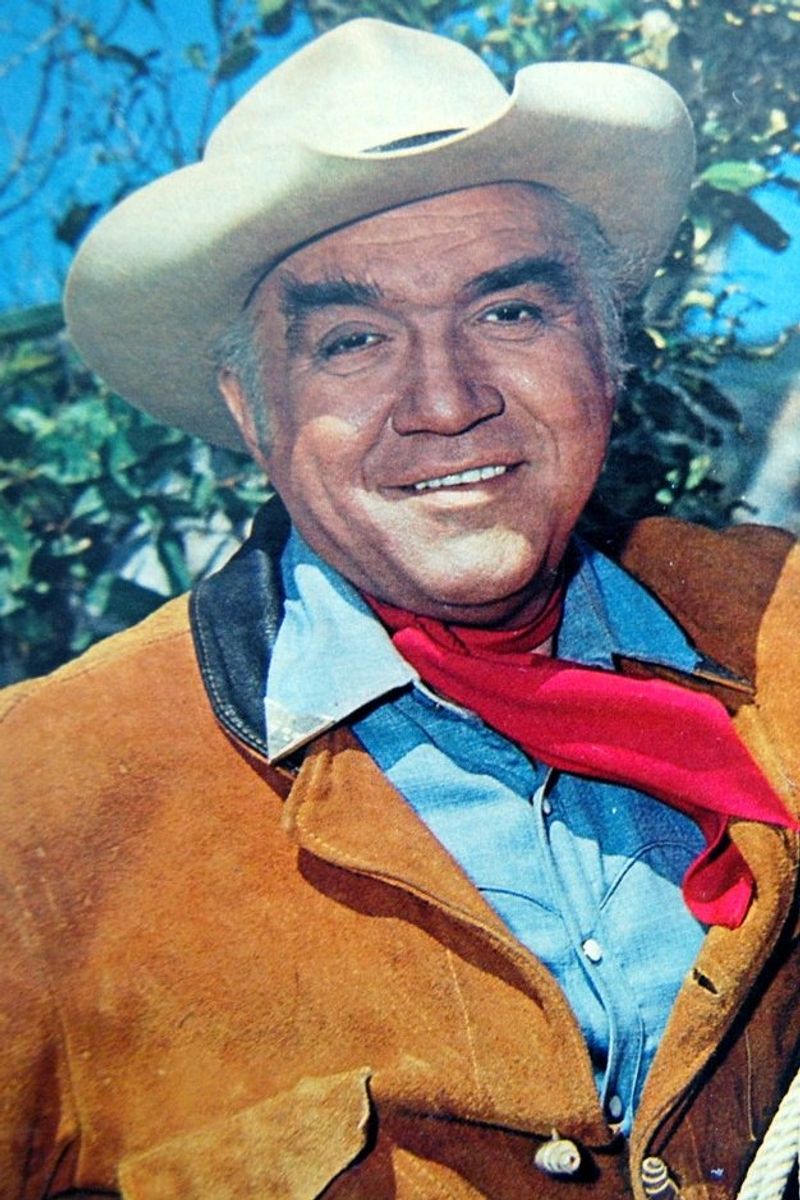
His commanding voice first made him famous as “The Voice of Doom” reading wartime news in Canada. Later, as Ben Cartwright on ‘Bonanza,’ Lorne Greene became America’s ideal father figure – wise, fair, and protective of both his sprawling Ponderosa ranch and his three dissimilar sons.
Greene’s portrayal balanced strength with compassion, creating a character who embodied frontier values while rejecting frontier prejudices. Episodes frequently showcased Ben standing against racism or injustice, making the character progressive for his era.
The actor’s genuine horsemanship and outdoor skills added authenticity to his performance. ‘Bonanza’ ran for 14 seasons, with Greene appearing in nearly all 431 episodes, making Ben Cartwright one of television’s most enduring characters.
12. Dale Robertson – Wells Fargo’s Authentic Cowboy
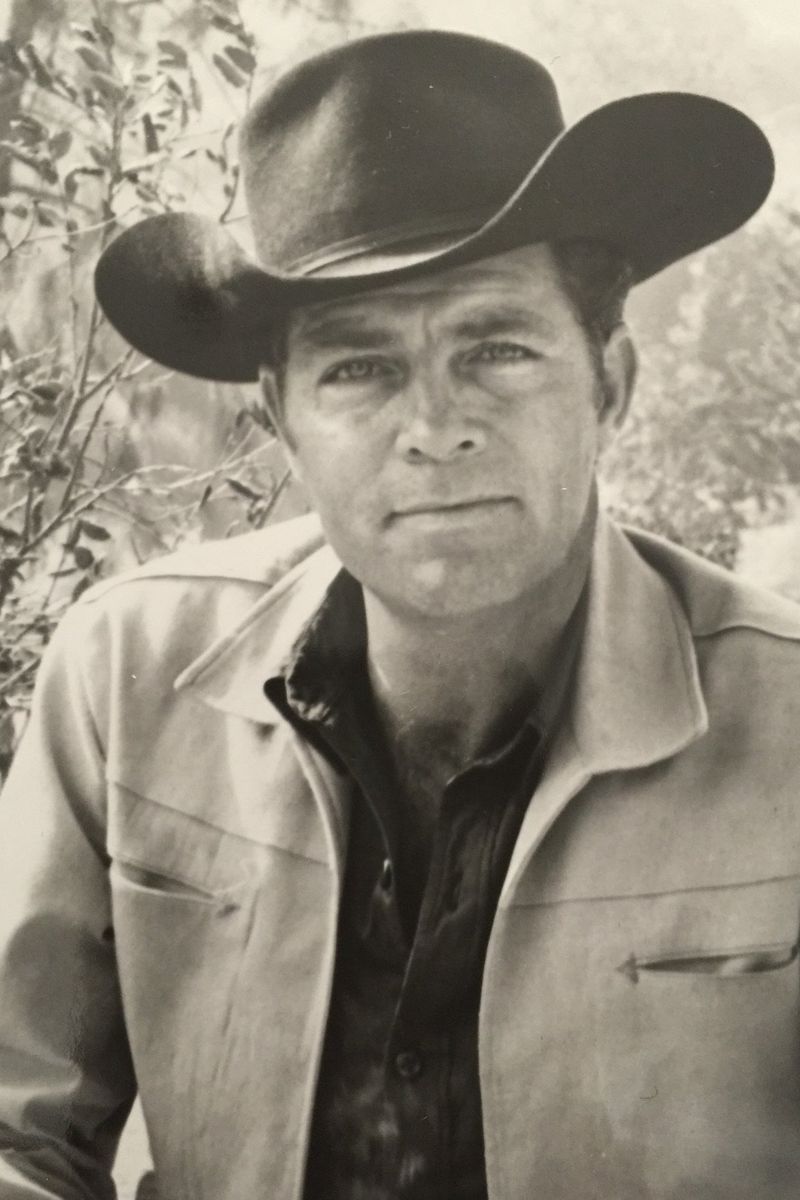
Unlike many actors who learned riding for their roles, Dale Robertson grew up on horseback in Oklahoma. His authentic Western skills made him perfect as Jim Hardie in ‘Tales of Wells Fargo,’ where his natural ease on horseback and with period weapons brought undeniable credibility to the screen.
Robertson’s understated acting style emphasized action over words. His characters typically solved problems with intelligence rather than violence, though he could handle gunplay scenes with convincing skill when needed.
A twice-decorated WWII tank commander before turning to acting, Robertson insisted on historical accuracy in his Western roles. His personal collection of frontier firearms and knowledge of Western history often influenced productions, making his shows more authentic than many contemporaries.

Comments
Loading…